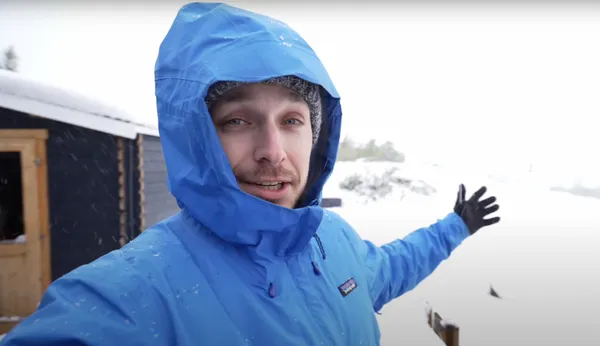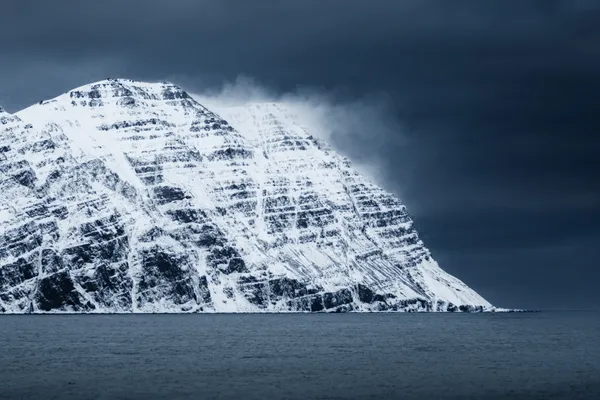What to wear in Iceland (+Packing List)
A simple planning step that could mean the difference between an enjoyable trip and a miserable experience.
t’s funny that even though this has been discussed all over the internet thousands of times, people still don’t listen. I can’t even count how many times a year I see tourists here wearing clothes that are totally insufficient for the local weather.
These are the ones you’ll see walking around with their heads down and arms crossed, shivering in the cold wind, or the ones looking pretty miserable because their clothes are completely soaked. And they’re often the same people who go online later to complain about how “bad” the Icelandic weather is.
The way I see it, there’s no bad weather, only a bad choice of clothes.

this image isn't even from a winter. This is a footage from June 3 2025.
So let’s make sure you end up in the right camp of travelers, the ones walking around comfortably and enjoying the trip, no matter the conditions.
Winter
Weather in Iceland during the winter is pretty harsh. And it’s not really about the temperature. We don’t often experience drops down to -15°C (5°F) - temperatures usually hover around 0 to -5°C (32 to 23°F).

It’s the constant wind that makes it feel more like -20°C (-4°F).
In short, here’s what I wear to stay warm and what I’d also suggest you bring:
Head & hands: Wool hat, waterproof winter gloves
Body: Merino base tee, hoodie or sweater, thick waterproof insulated parka or puffer (or a down jacket with a waterproof shell on top)
Legs: Merino long johns, insulated down pants and waterproof hiking pants (alternative: waterproof snow pants)
Shoes: Insulated hiking or winter boots (tall), or something like winter wellies
Other winter essentials: Buff or scarf, sun glasses, ice grips
PS: There's always some chance of rain, especially in South Iceland or if you're coming during a shoulder season. Keep an eye on the forecast before you arrive, and if it looks like rain, bringing a raincoat could be a clever move.
📋 Find the complete packing list here
Summer
Summer is a mixed bag of all kinds of weather. There can be sunny days with temperatures approaching 20°C (68°F), rainstorms, and even cold periods with snow showers in higher elevations. Just like in winter, the wind can make it feel much colder than you’d expect.

So it’s all about layers. The best rule to follow is to pack for the worst possible weather, then take layers off when needed.
📹 Watch the packing segment of my June video at 5m38s
Head & hands: Wool hat, thin waterproof gloves
Body: Merino base tee, hoodie/sweater, light down jacket, waterproof jacket
Legs: Merino long johns, waterproof hiking pants
Shoes: Hiking boots (-or other kind of waterproof shoe with a good grip)
Other summer essentials: Buff/scarf, sun glasses, mosquito net
📋Find the complete packing list here
Suchen Sie nach Unternehmungen?
In meinem Reiseführer finden Sie die besten kostenlosen Aktivitäten sowie Reiserouten und Reisetipps, um Ihre Reise unvergesslich zu machen.

